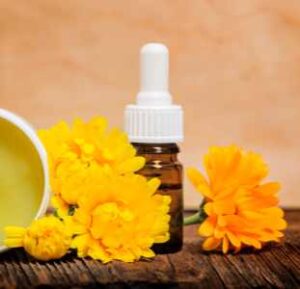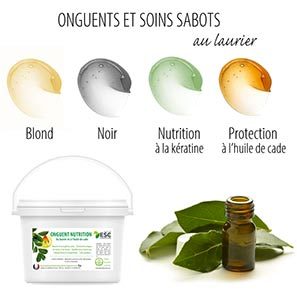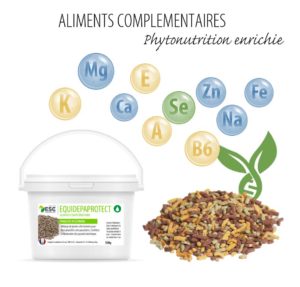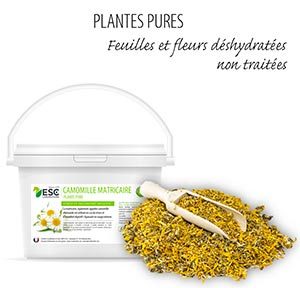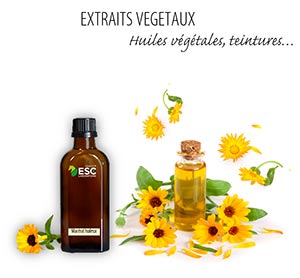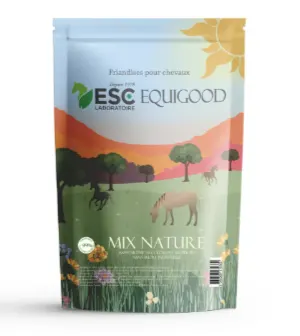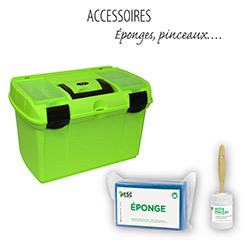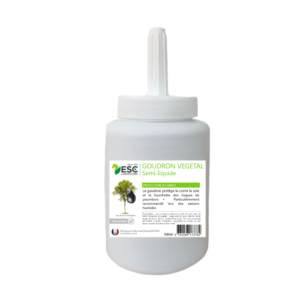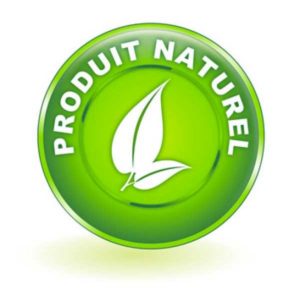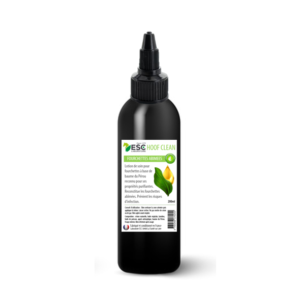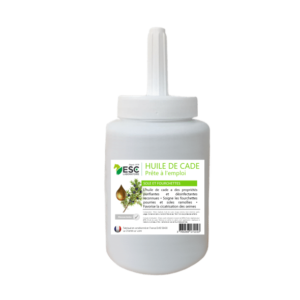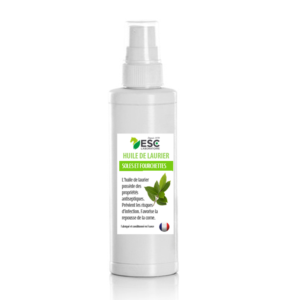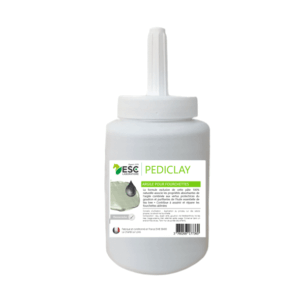Forks: ointments, care and maintenance of hoofs in horses
The rotten forks play a crucial role in horse locomotion. ESC has been the specialist in hoof care and has been making ointments since 1978. We offer the widest range of products for hooves and care of the market: specific ointments, vegetable oils (cade oil, bay oil, a lotion based on essential oils (hoof clean), a clay-based product (pediclay). We work with many seamen.
-
12 opinions
GUDRON VEGETAL ORIGIN FRANCE – Protection of the horn – Brush included
- 13,40 € TTC
- Tar protects the horn, sole and fork. Tar is particularly recommended in wet seasons and wet soils. Very practical semi-liquid texture to apply thanks to the integrated brush. GUDRON OF FABRIC HIGH QUALITY IN FRANCE BASED ON WOOD ISSUES OF ECO-GEREES FORETS. Pot 500ml - Brush included
- Add to cart
-
15 opinions
HOOF CLEAN – Purifying lotion for damaged forks
- 24,40 € TTC
- Peru balm-based treatment lotion recognized for its purifying properties. Dry, sanitize, nourish and promote the natural regeneration of the fork. Recommended in wet season or in the case of damaged or softened sole fork. Product developed and manufactured by our Laboratory. Bottle 200ml with cannula stopper
- Add to cart
-
18 opinions
LAURIER OIL – Horn, soles and horse forks – Assanit and nourishes
- 14,00 € TTC
- The bay oil is known to soften and stimulate the shoot of the hoof. It is also recommended in case of seime for its sanitizing properties. Bottle 200ml
- Add to cart
-
10 opinions
PEDICLAY – Restorative clay for honey and zinc oxide forks
- 30,00 € TTC
- The exclusive formula of this clay combines the absorbent properties of bentonite combined with the protective properties of honey and sanitizing zinc oxide and tea tree essential oil. Helps clean up and repair damaged forks. Pot 500ml with brush cap
- Add to cart
Our selection includes high quality ointments and oils, adapted to the specific needs of the forks. Our products aim to maintain hydration and protect the hooves from external aggression, moisture and also to clean them up.
What is the rotten Fork?
The rotten range is an alteration of the tissues of the hoof band that may result from poor hygiene or excessive humidity. It can cause considerable discomfort and damage your horse's locomotion, thereby reducing its performance and well-being.
Why choose our specialized ointments?
Our Ointments for rotten forks are made from natural ingredients, offering a soft solution for the maintenance of your equine's hooves. Here are some advantages of our products:
- Quality ingredients: our formulations are composed of carefully selected elements for their natural composition.
- Easy to apply: Designed for simple use, our products allow an application, even on the most sensitive horses.
- Durable protection: By forming a protective barrier, our ointments help maintain healthy hooves.
Our selection includes high quality ointments and oils, adapted to the specific needs of the forks. Our products aim to maintain hydration and protect the hooves from external aggression, moisture and also to clean them up.
Tips for avoiding rotten forks
For preserve forks of horses, it is essential to ensure good hygiene, proper foot care and special attention to the environment in which the horse operates such as wet and muddy surfaces.
- Maintain good hygiene: inspect and clean your horse's hooves regularly to avoid accumulation of dirt and moisture. Look for signs, such as a sick smell, or a sticky, greyish substance, soft or discoloured areas.
- Watch the living conditions: make sure your horse operates in a dry environment to reduce the risk of putrefaction.
- Consult a professional: in case of doubt, do not hesitate to consult a veterinarian for a thorough assessment and appropriate recommendations.


